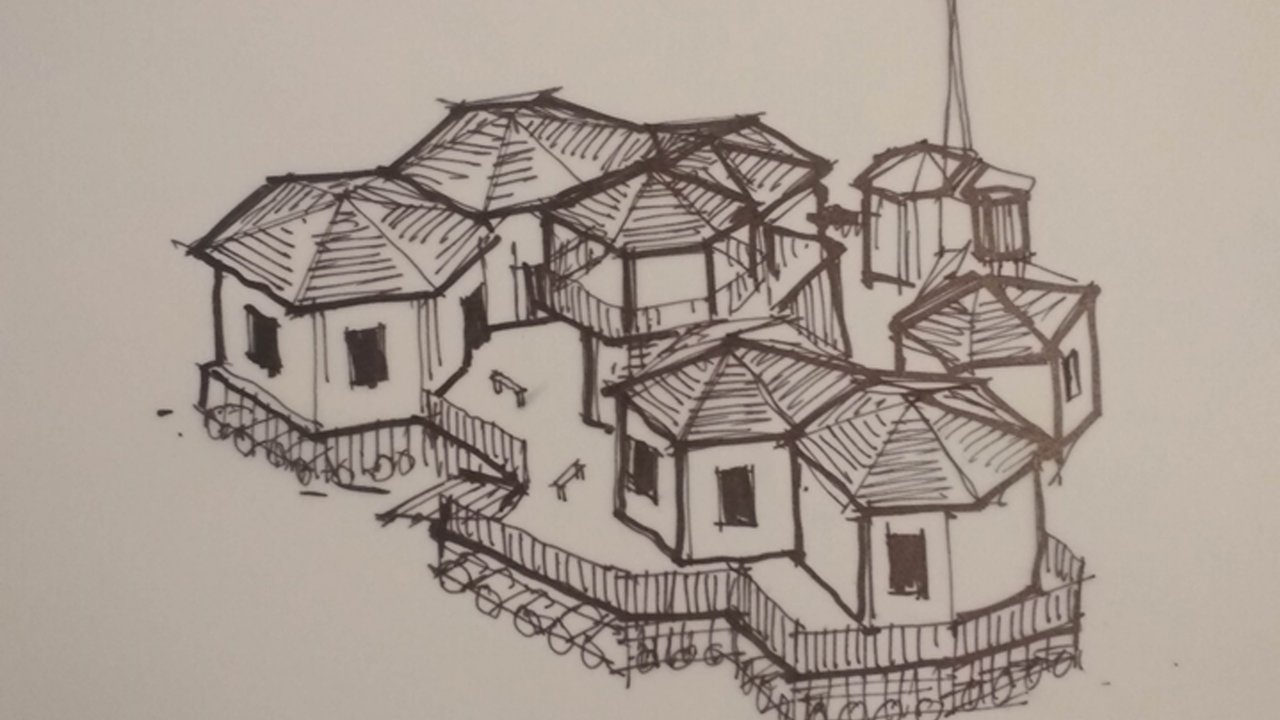
Learning from nature – How bees support innovative ideas to protect livelihoods in Bangladesh
properties.trackTitle
properties.trackSubtitle
After weeks of intensive fieldwork in five communities in Bangladesh, the destination for our disaster resilient homes project was set at the beginning of December. The decision was based on the results of workshops, individual discussions, meetings with political representatives and surveys. The new prototype, funded by the RISK Award, is to be built in Kutubdia, Cox's Bazar, on the coast of Bangladesh. Kutubdia is a community with 130,000 inhabitants that is regularly threatened by cyclones and storm surges. Riverbank erosion is another risk challenging the livelihoods of the inhabitants. The responsible persons of the community were,, therefore, welcoming the idea of disaster resilient homes. These homes are complex constructions that can float on inundated areas and are resilient to floods, storms, earthquakes and riverbank erosion. Furthermore, they also tackle the root causes of vulnerability by allowing families to address multiple interconnected challenges at once.
New education centres
We have learned from the first project phase that disaster resilient homes for individual families can cause a lot of debate, anger and envy. In order to prevent this, we pursue now a different concept in Kutubdia. The project team proposes to design a community education hub. It will incorporate all design objectives, which will not only demonstrate the viability of a disaster-resilient structure but also disseminate the construction knowledge, technologies and self-reliant concepts to be adopted by the community and beyond
.jpg/_jcr_content/renditions/crop-16x9-1280.jpg./crop-16x9-1280.jpg)
Unlike a disaster-resilient prototype house, which would benefit only one household, the proposed education hub will benefit the entire community. It will include a multi-purpose room, a library, classrooms for adult and children’s education, an exhibit space and children’s play area. The structure will feature self-reliant, environment-friendly, renewable energy, rainwater harvesting, an aquaponics fish tank, hydroponics agriculture and poultry. However, unlike a house which would be fully self-sustaining, the education hub will only showcase income-generating methods such as the aquaponics fish tank, hydroponics agriculture and poultry in a smaller scale – mostly for demonstration and training purposes. Also, during natural disaster events, the building can serve as a community shelter.
Design concepts inspired by bees
The primary design challenge is to meet the design objectives with as much effectiveness as possible, and the goals must be manifested in the physical structure. A disaster-resilient, economically affordable and environment-friendly structure is to be designed with locally available sustainable materials and nature-inspired solutions – known as biomimicry. The structure will be built on floaters so it can float during surge and floods and it will be built with sustainable local materials such as bamboo, which can resist storms.

.jpg/_jcr_content/renditions/crop-16x9-1280.jpg./crop-16x9-1280.jpg)
The first idea for the education hub was born in Kutubdia together with the village community. The detailed How, Where and When, especially the design was then further developed together with experts from science, practice and NGOs in Dhaka. During a workshop on 4 November 2019 with 32 participants, each stakeholder had the opportunity to contribute ideas and provide feedback. The architect behind the design, Pritthijit Kundu, praised this participatory approach: "Only through the active participation of all stakeholders can we ensure from the outset that our new concept leads to success. We must prevent social groups from feeling excluded.” Thomas Loster, Chairman of the Munich Re Foundation, agreed. He emphasized: "By turning the disaster resilient home into an education hub, we ultimately reach more people than through individual houses. This should also enable us to work more successfully in the long term", he added.
From January 2020 on, the project team will start the fieldwork in Kutubdia, refine the concept and start the implementation phase. Many cyclones and floods of the last few years have clearly shown: Bangladesh needs alternative solutions that can prevent forced migration due to climate and environmental change.
20 December 2019